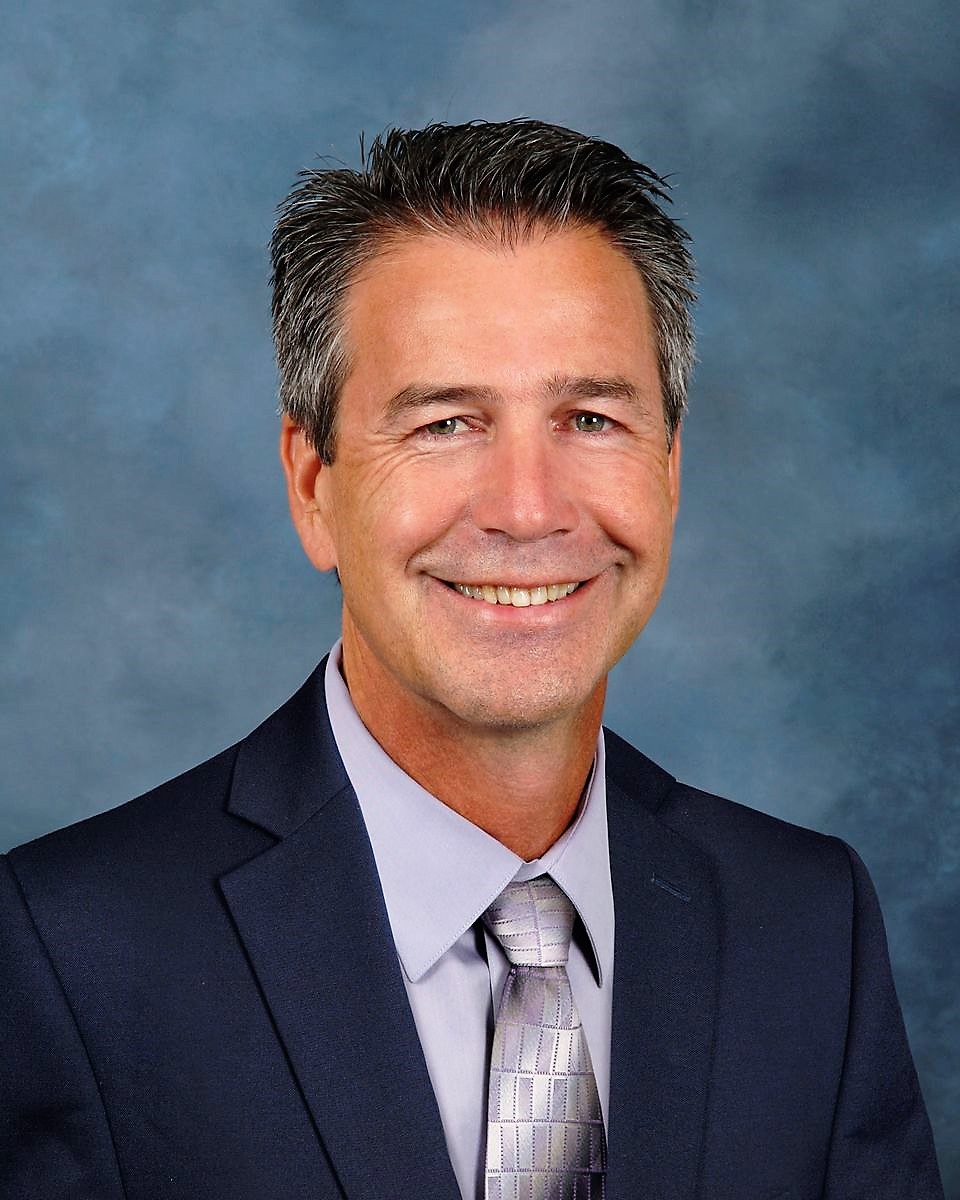By Tom Armelino, executive director, California Collaborative for Educational Excellence
Over the past month, as I met with educators across the state, school district administrators and board members have shared questions and concerns about what is required of them if schools in their districts are identified for Comprehensive Support and Improvement under the federal Every Student Succeeds Act.
Although the California Collaborative for Education Excellence is a statewide agency and does not have a direct role with the federal ESSA requirements and identified schools, we share an interest with our county superintendents and Department of Education partners in helping educators understand how ESSA fits within California’s school accountability System of Support.
Under ESSA, accountability is built mainly around Title I schools. The federal law places the responsibility on local districts to work with educators and stakeholders at their school sites to address the challenges necessary to help improve student achievement. This includes school district administrators working directly with families and staff to identify root causes and improvement strategies that are reflected in the school plan and/or the district Local Control Accountability Plan. When school board members are asked to approve the LCAP, they have an opportunity to understand and support the changes reflected in the plan to address the schools in the district identified under ESSA.
When we look at schools identified under ESSA statewide, many of these schools are within districts that are in Differentiated Assistance under California’s accountability system based on 2017-18 California School Dashboard results. This overlap is where opportunity lies to consider a coherent and true blending between the state and federal systems.
Under California’s new State System of Support, county offices of education are largely tasked with helping districts uncover the root causes as part of Differentiated Assistance. As part of that process, the CCEE can serve as a partner and offer assistance through collaboration with both county offices and the Department of Education to offer targeted help and support.
If there are ESSA-identified schools within districts that are in differentiated assistance, I anticipate deep conversations between county offices and districts about the possibility of supporting those schools at the same time. Although this is not required of county offices or the CCEE, it provides opportunity to take an even deeper dive from district level discussions to the school site, as appropriate. I know some county and district leaders who are already beginning to have those deep conversations.
With this being the first year in which schools are identified under ESSA, it is important to understand that, in both the state and the federal systems, we are in the beginning stages. The work on how to blend the two systems will take time and patience. We have a groundbreaking new school accountability system and the State Board of Education has been really thoughtful in figuring out how ESSA fits into the state’s plan. Yet, educators understand and feel the sense of urgency to assure the needs of students who are struggling are addressed. As root causes are determined, our stakeholders engaged, and school and district plans developed, we need to assure that the resources, time and intentional supports for students are at the forefront of what we do to assure the needs of our most struggling students are met.
In my conversations with school district superintendents, I continue to feel encouraged that local control is working; they not only embrace the challenges in front of them, but they welcome them. If the CCEE can be of assistance as a partner in helping to understand how the new state and federal systems are designed to address the needs of students, please let us know.
If you’d like to find out more information about ESSA and how schools are identified for CSI, I strongly encourage you to visit the California Department of Education’s website.





